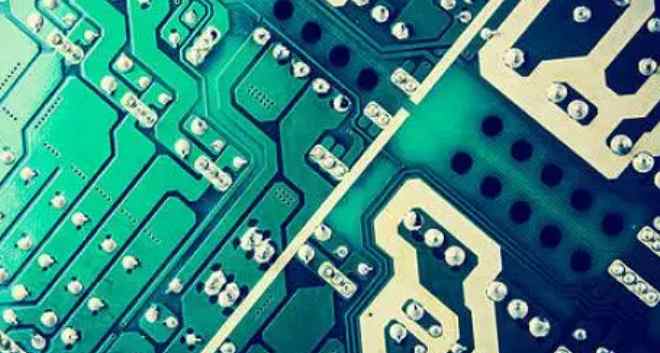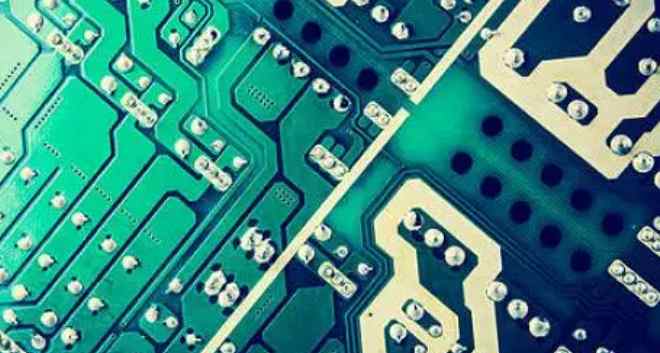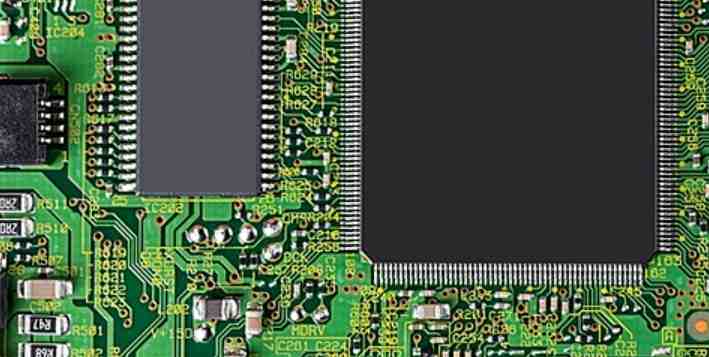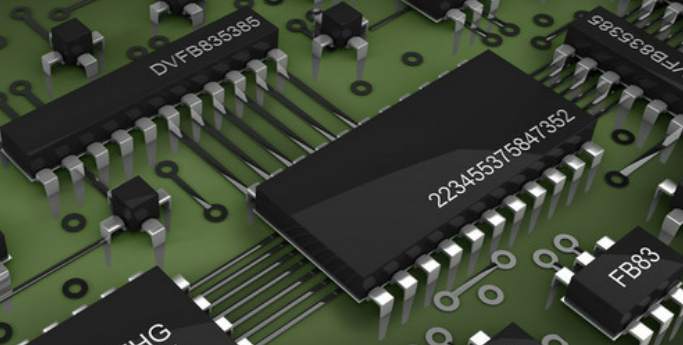
FPCB is also called flexible printed circuit board, also referred to as "soft board", and hard, can not be used in the use of PCB or HDI, form a soft, a hard stark contrast of material characteristics, in today's electronic product design, has become quite common soft, hard mixed use elasticity, and this paper will focus on the "soft" characteristics of "soft board", This paper discusses the material, process and key components, and explains the limitations of the use of soft plates.
Soft board FPCB material characteristics
In addition to the soft material, the product characteristics of soft board FPCB also include light texture and extremely thin/light structure. The material can be bent several times without breaking the insulation material of hard PCB. The soft plastic base material and the way of wire layout of soft board make it unable to cope with high conduction current and voltage. Therefore, in the application of high power electronic circuit hardly see soft board design, but in the small current, small power consumer electronic products, the use of soft board is quite large.
Because the cost of soft board is still subject to the key material PI, the unit cost is high, so in the product design, usually will not use soft board as the main carrier board, but local application need "soft" characteristics of the key design, such as digital camera electronic zoom lens soft board application, or CD reader head electronic circuit soft board material. All of them are examples of implementing soft board circuit design when electronic components or functional modules must move and hard circuit board materials are not compatible.
Originally used for aerospace and military purposes, it is now being used for consumer electronics
In the 1960s, the use of soft board is quite common, when the unit price of soft board finished products is high, although it has the characteristics of light, flexible, thin and small, but the unit cost is still high, at that time, it is only used for high-tech, aerospace, military purposes. In the late 1990s, soft board began to be used in a large number of consumer electronic products, and before and after 2000, soft circuit board producing countries to the United States, Japan, mainly soft board materials in the United States and Japan under the control of the main supplier, plus material restrictions, so that the cost of soft circuit board is high.
PI is also known as "polyamide", in PI from its heat resistance, molecular structure is different, can be divided into the whole aromatic PI, half aromatic PI and other different structures, the whole aromatic PI belongs to the straight chain type, the material does not melt and do not melt and thermoplastic material, do not melt material characteristics in the production can not injection forming, but the material can be compressed, sintering forming, The other can be produced by injection forming.
PI belongs to this material by Polyetherimide, which is generally thermoplastic and can be made by injection molding. As for PI of heat hardening, different material properties can be used for impregnated material forming, compression forming, or transfer forming.
FPCB board raw material with high heat resistance, high stability performance

In the final forming products of chemical materials, PI can be used as gasket, lining, sealing material, bismale type material can be used in soft version of the multilayer circuit subgrade board base material, all aromatic materials, in use of organic polymer materials is the material with the highest heat resistance, heat resistance temperature can reach 250~360°C! As for the bismale type PI used for soft circuit boards, the heat resistance characteristics will be slightly lower than all-aromatic PI, generally around 200°C.
bismale PI has excellent performance in mechanical material properties. It is subject to very low temperature change and can maintain a high stable state under high temperature environment, with minimal creep deformation and small thermal expansion rate! In addition, bismale PI has excellent drug resistance. If 5% hydrochloric acid is impregnated at 99°C, the tensile strength retention rate of the material can still maintain to a certain extent. In addition, bismale PI's friction and wear characteristics are also extremely superior, and it can also have a certain degree of wear resistance for applications that are easy to wear.
In addition to the main material characteristics, the structure of the FPCB substrate is also a key, FPCB is the covering film (upper layer) as insulation and protection material, with the insulation substrate, calendered copper foil, and then the overall FPCB. The substrate of FPCB has insulation characteristics, generally used polyester (PET), polyimide (PI) two major materials, PET or PI has its advantages/disadvantages.









